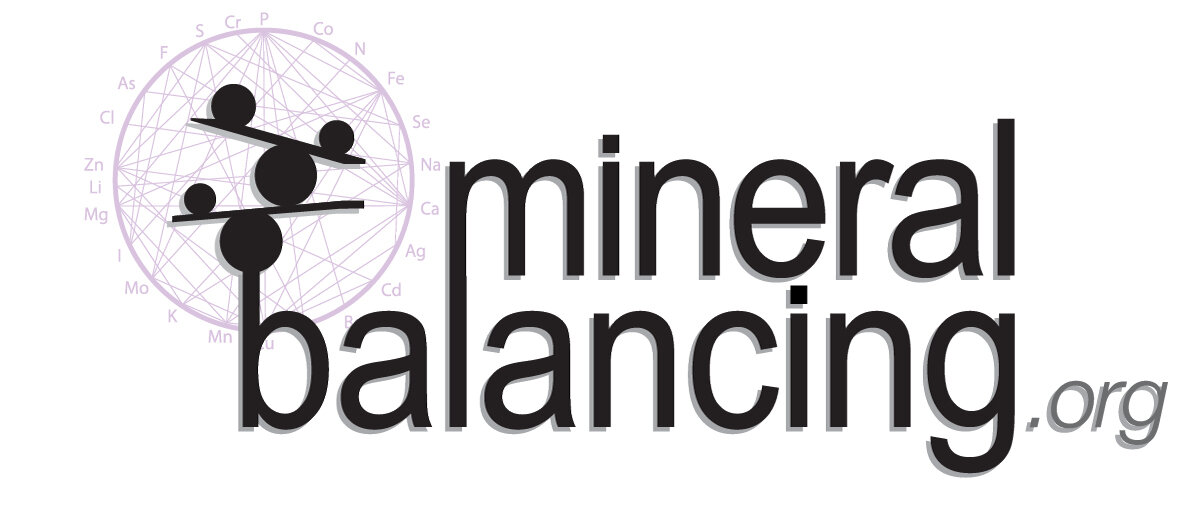Na/K Ratio and Protein Intake
The ability to utilize protein can be accurately measured by an individuals sodium/potassium ratio on an unwashed hair tissue mineral analysis.
A sodium/potassium inversion (Na/K ratio less than 2.5:1) on a hair mineral analysis indicates an impaired ability to utilise or synthesize protein. The more severe the inversion, the less protein can be synthesized. This is often why many people that cannot properly digest meat feel better when they become vegetarian. For some, this a biochemical imperative, while for others, this is a choice that is either religious or philosophical.
This inversion of sodium and potassium is also indicative of low hydrochloric acid in the stomach and since hydrochloric acid plays an important role in the digestion or proteins by activating pepsinogen into the enzyme pepsin, which then helps digestion by breaking down protein into long chains of amino acids.
The following are general guidelines as to what type and how much protein is indicated for an individual with a sodium/potassium inversion.
2.5:1 30-40% dietary protein, all types acceptable
2.0:1- 2.5:1 25% dietary protein, omitting beef and pork and emphasizing lamb, fish, cheese and eggs
2.0:1-1.5:1 20% dietary protein, omitting beef, lamb and pork, emphasizing eggs, fish and chicken
1.5:1-1.0:1 15% dietary protein, emphasizing chicken, low-fat cheese and grains
Less 1.0:1 10% dietary protein, emphasizing grains.
Inversions of sodium to potassium are also correlated with infections since hydrochloric acid has disinfectant qualities. When an inversion is present they are more susceptible to Vibrio, Helicobacter, and Clostridium difficile bacteria. We recommend regardless of the oxidation rate, to consume betaine HCL as a substitute for this reason.
Note: To balance the macronutrients in the diet, please increase the total amount of carbohydrates. For example, so, if you were a slow oxidiser and had a low Na/K of 1.5 you would consume 15% protein. The remaining portions of the diet would be balanced with 20% fat and 65% carbohydrates. If you are a fast oxidiser with an Na/K of 1.5 you would consume 40% fat, 45% carbohydrate and 15% protein.
You can see the general dietary guidelines for the oxidation rates at the links below:
